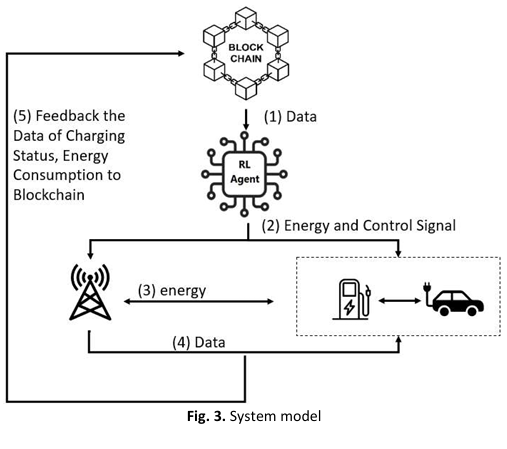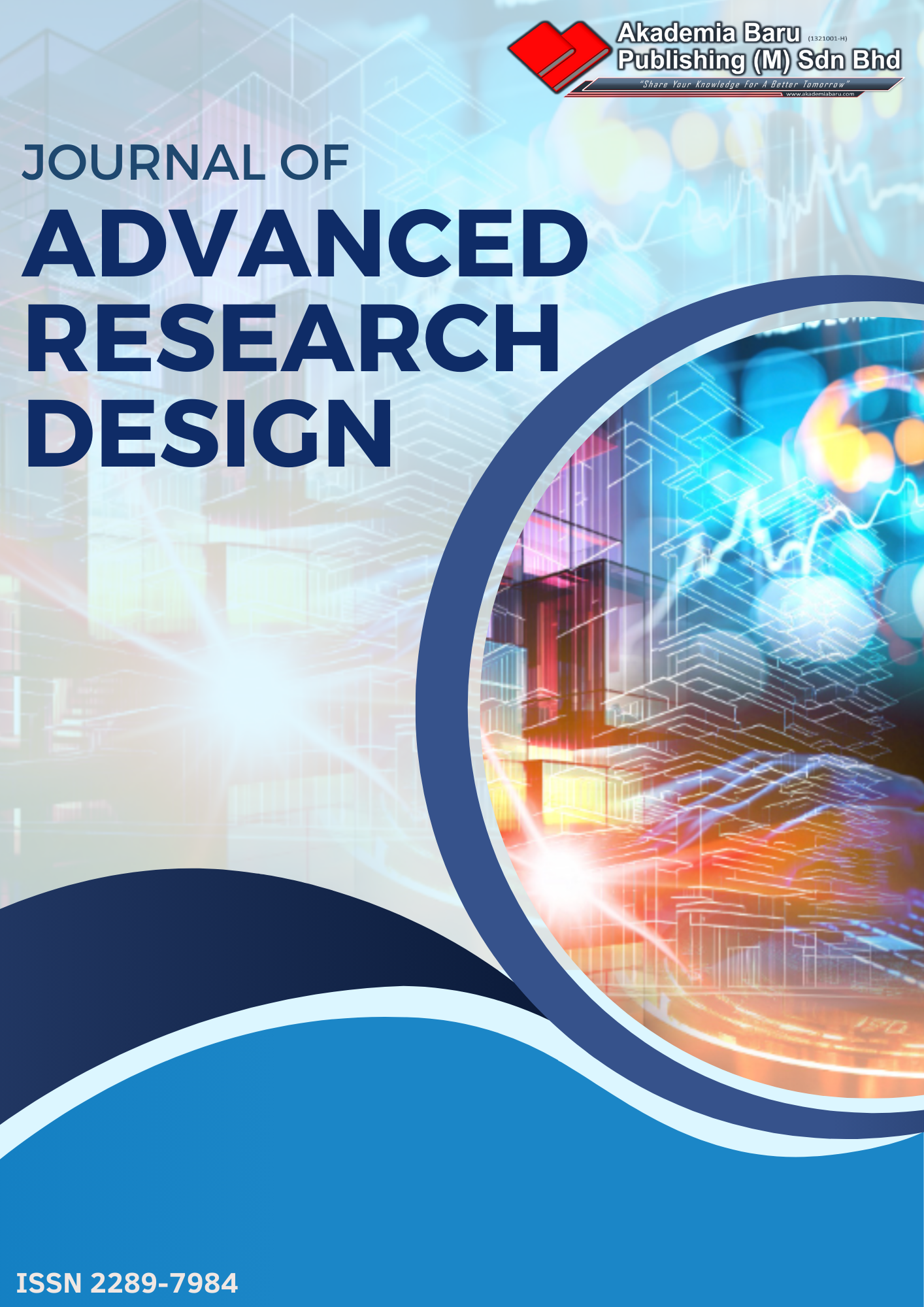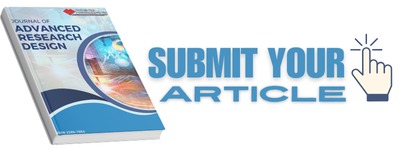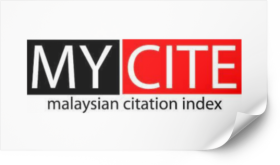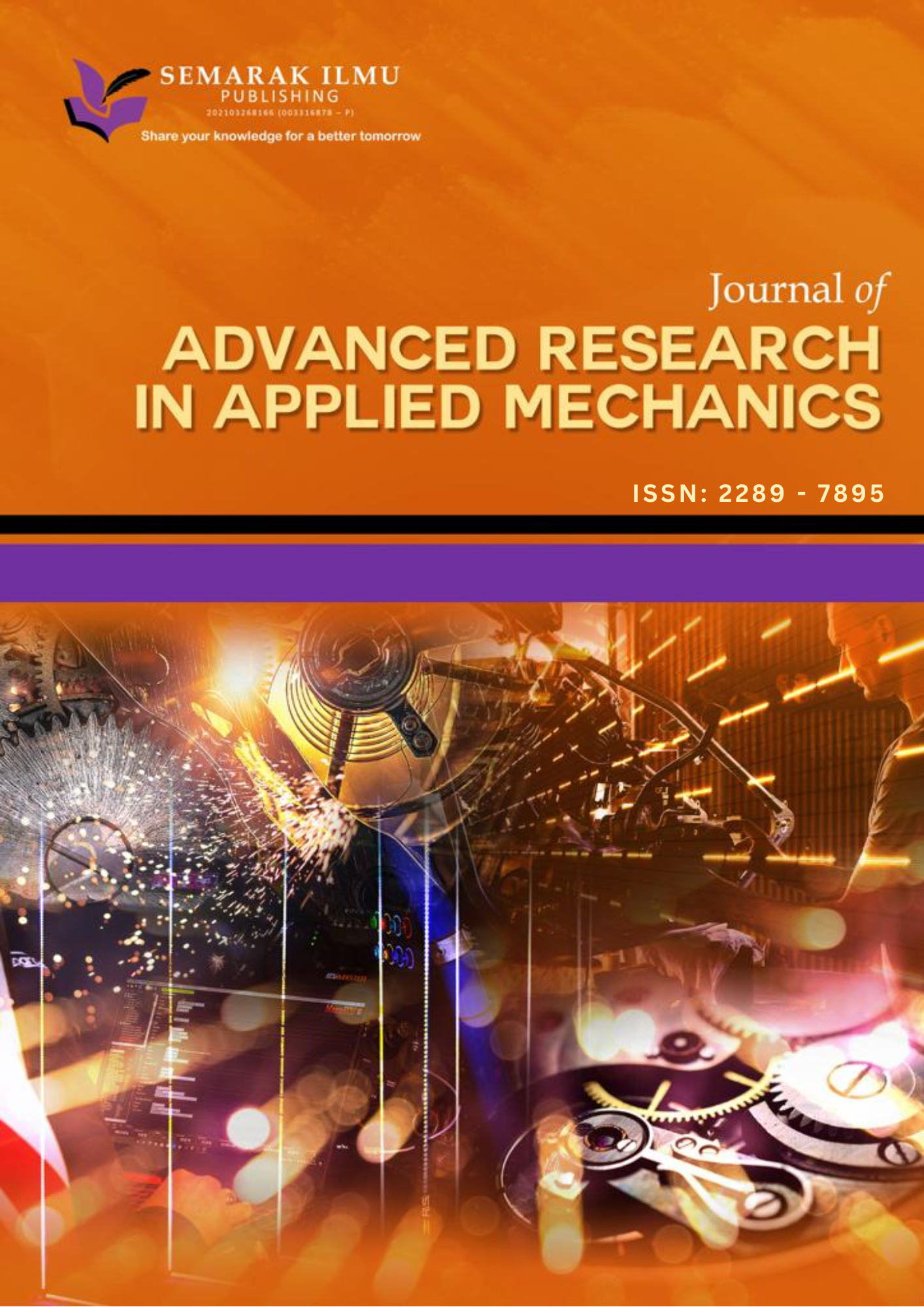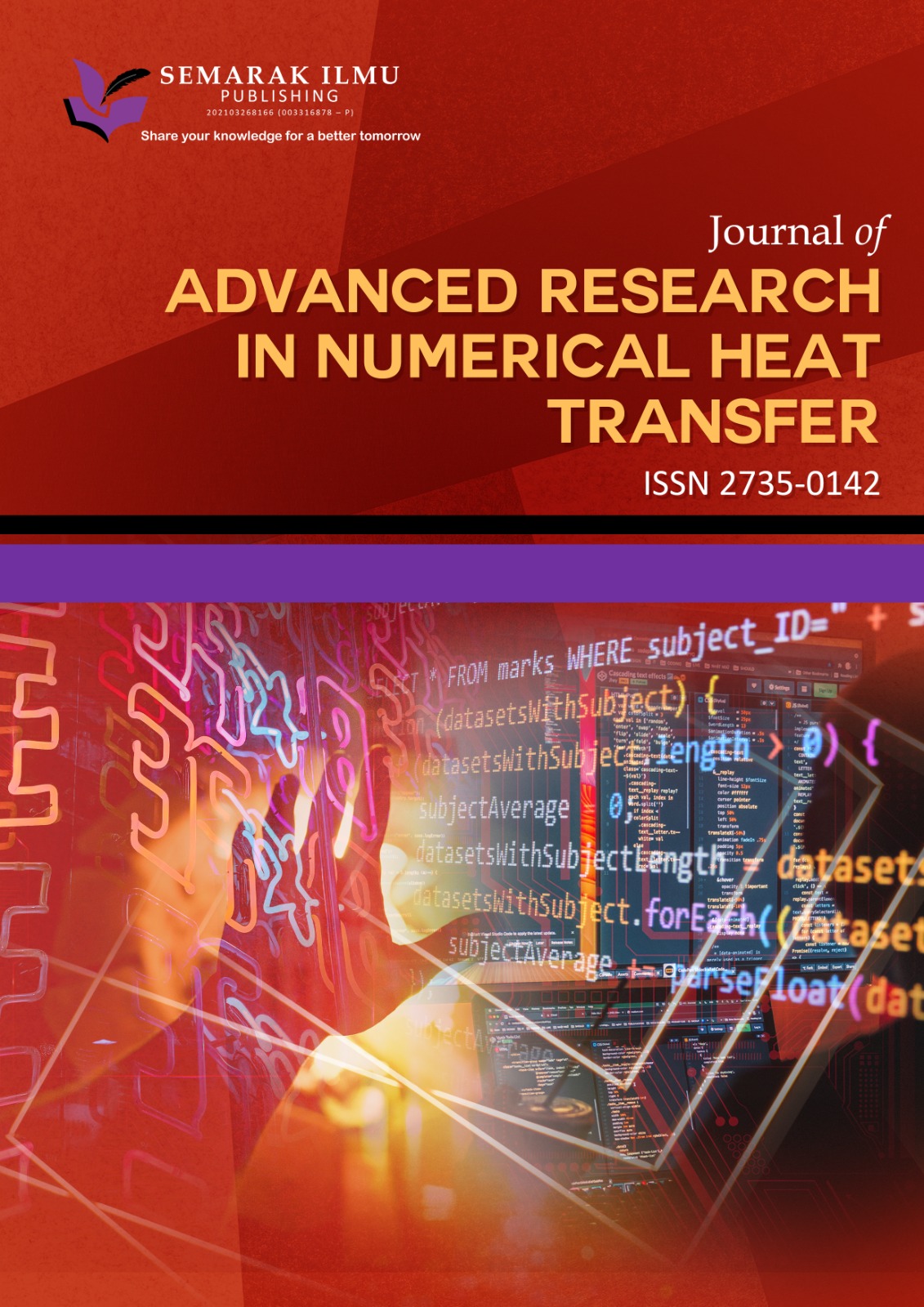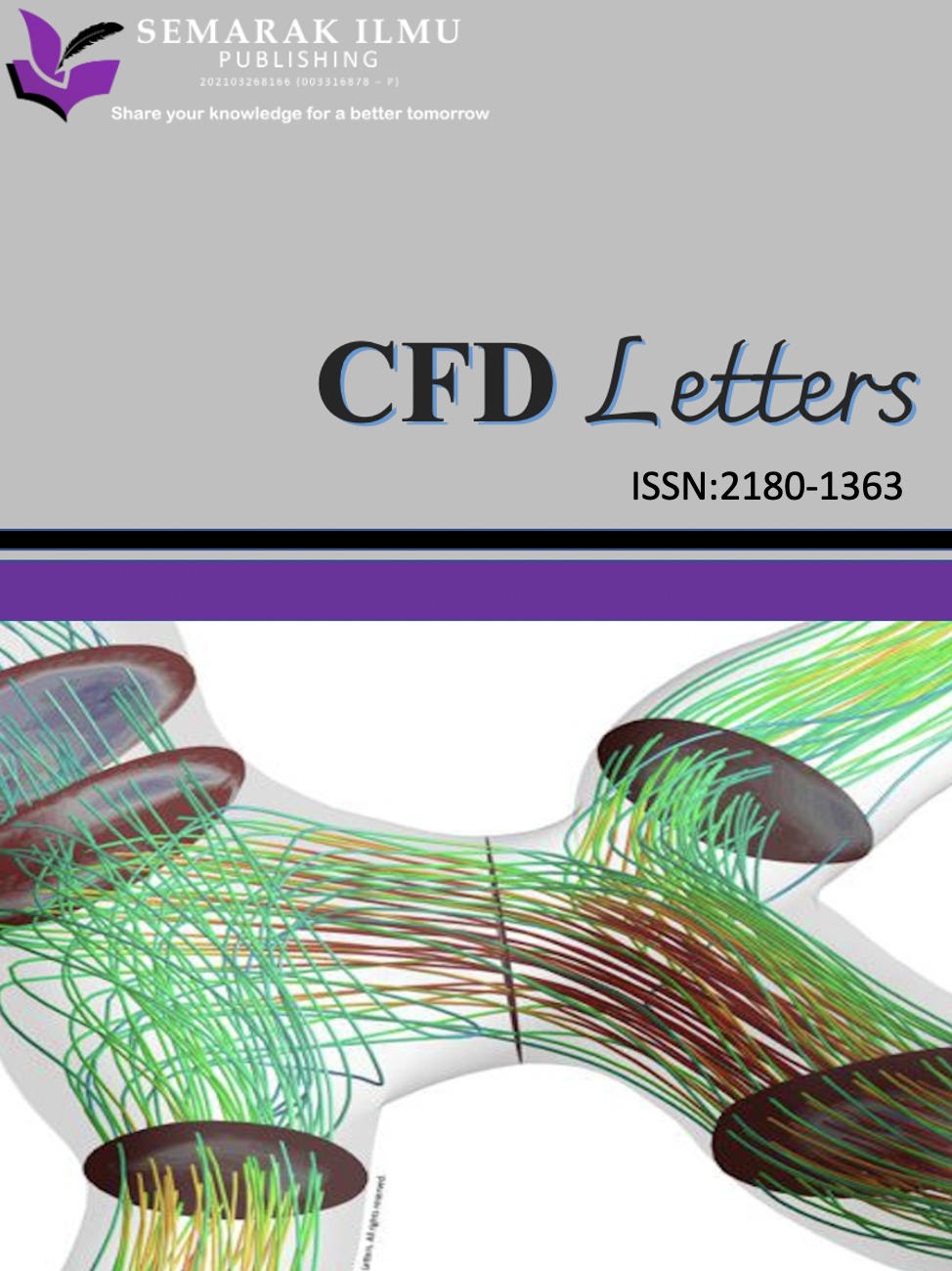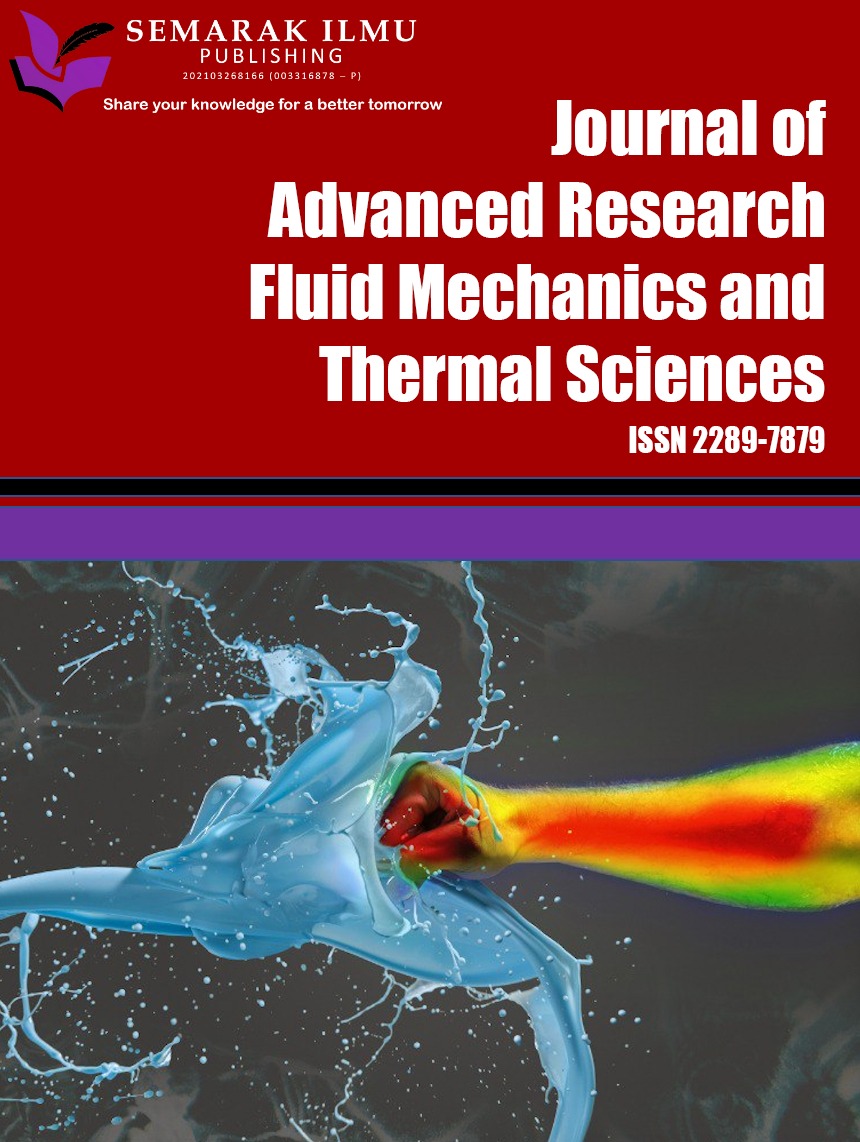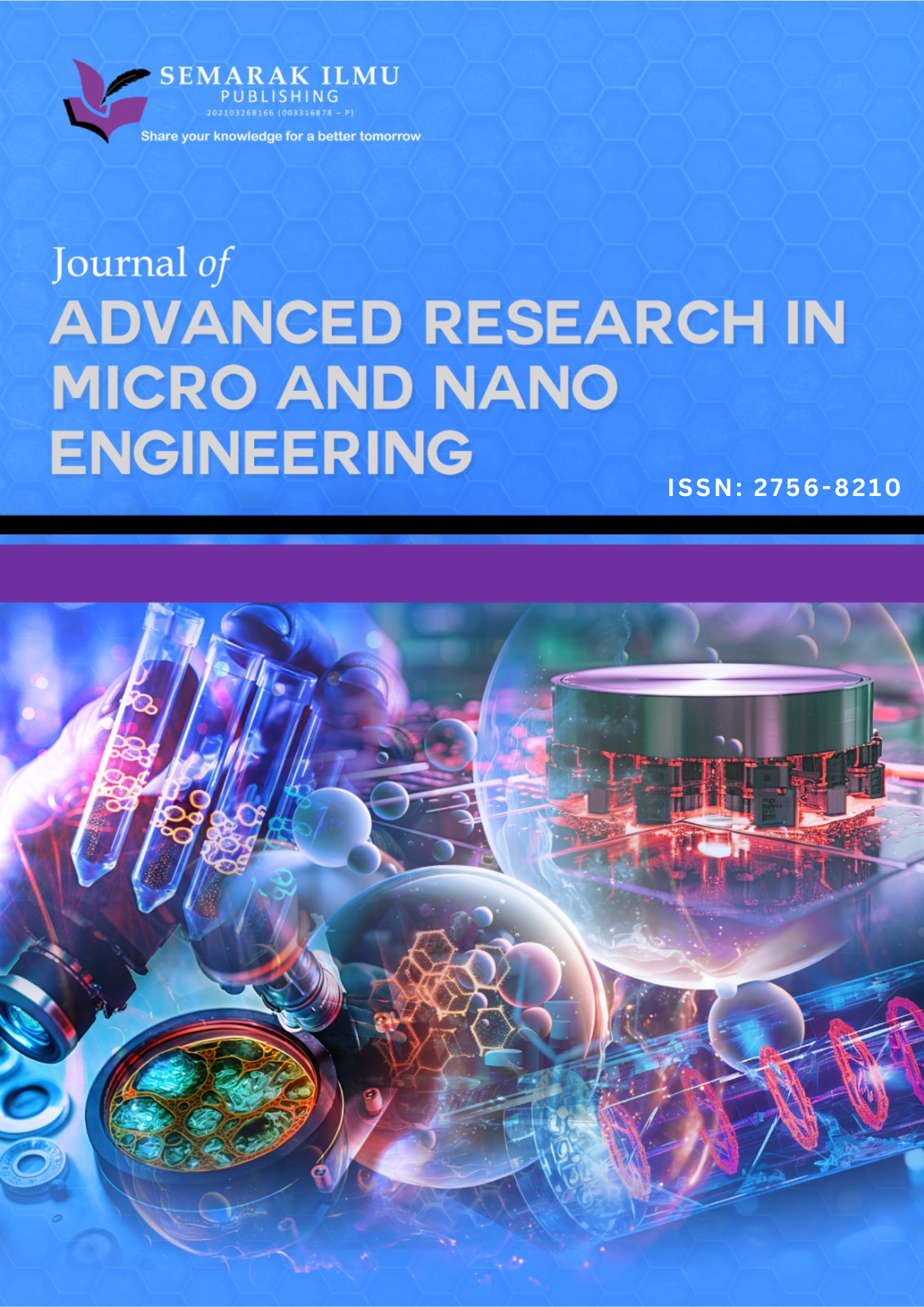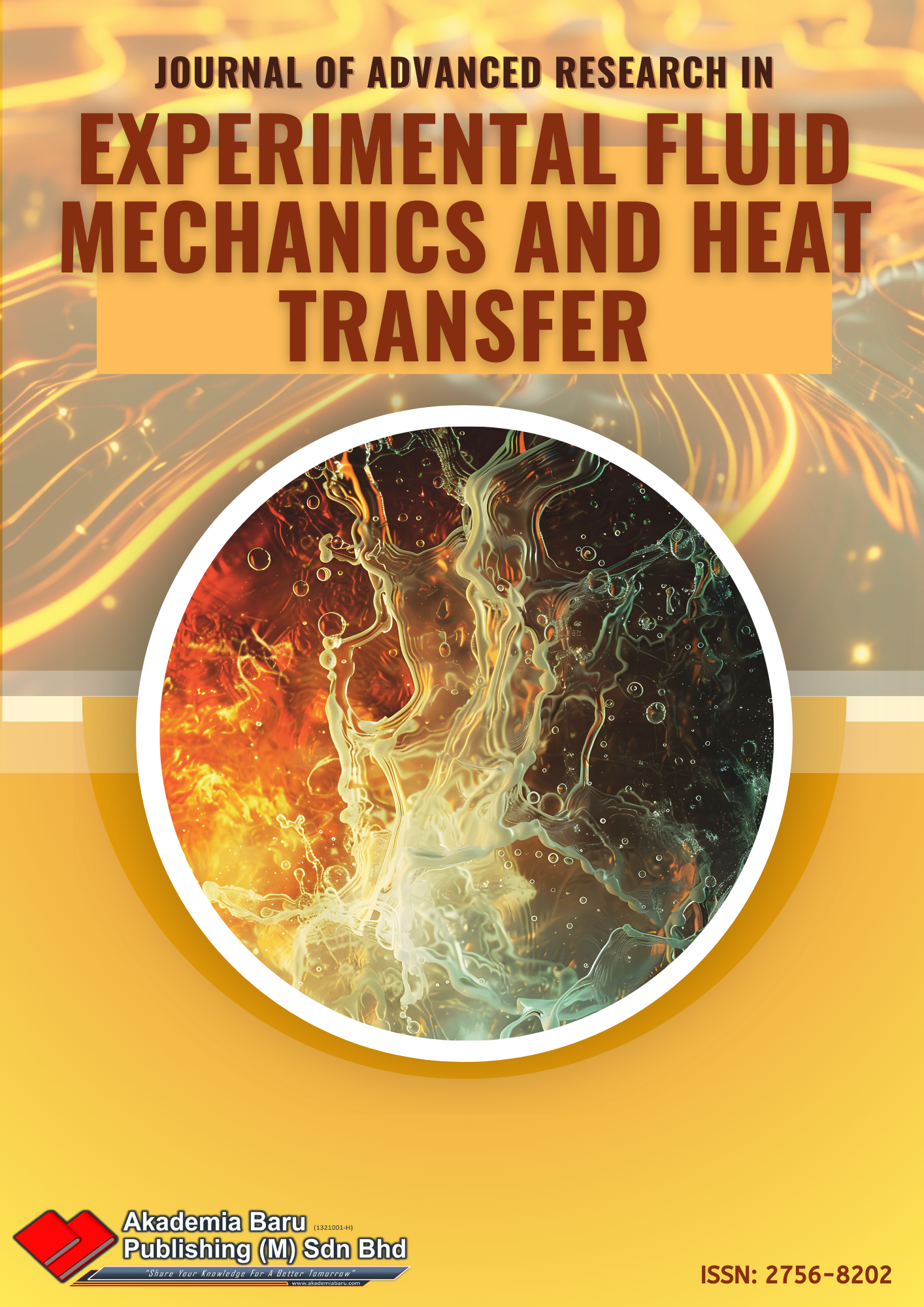Enhance Energy Management in Vehicle to Grid Systems with Blockchain and Machine learning
DOI:
https://doi.org/10.37934/ard.140.1.1026Keywords:
Vehicle-to-grid, electric vehicle, blockchain, energy management, battery management systemAbstract
This study explores the integration of blockchain technology and reinforcement learning within Vehicle-to-Grid (V2G) systems to enhance energy management, operational efficiency, and sustainability. With the growing adoption of electric vehicles (EVs) and renewable energy sources, there is a pressing need for decentralized energy solutions that can handle dynamic energy exchanges reliably and securely. To address this, we propose a decentralized V2G framework where blockchain-enabled smart contracts facilitate automated, transparent, and tamper-proof transactions among EVs, grid operators, and distributed energy resources. This approach reduces dependency on centralized control, enhances trust among participants, and improves the scalability of energy trading systems. In parallel, reinforcement learning algorithms are employed to optimize the charging and discharging behaviour of EV batteries based on real-time grid conditions, energy prices, and usage patterns. This adaptive learning mechanism not only maximizes battery longevity and energy efficiency but also contributes to overall grid stability and flexibility. The proposed model is evaluated against key performance metrics, including transaction latency, energy efficiency, demand response capability, and system resilience. Our findings highlight that the synergy between blockchain and reinforcement learning offers a promising pathway for building intelligent, adaptive, and secure V2G systems. By combining the transparency and decentralization of blockchain with the adaptability of machine learning, the framework addresses limitations inherent in traditional centralized energy management. This research contributes a structured approach and a technological roadmap toward developing next-generation V2G infrastructures that are robust, scalable, and aligned with global sustainability goals.
Downloads
